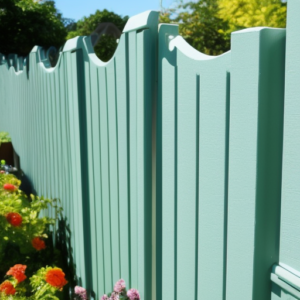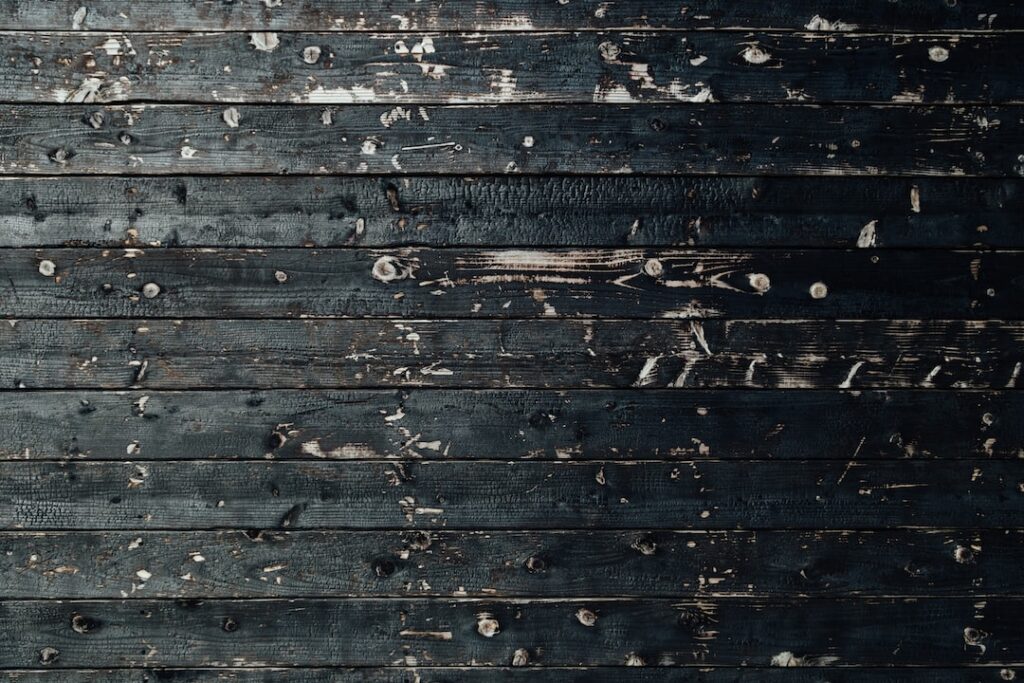Last Updated on January 24, 2023
Painting the exterior of your home is a great way to make it look beautiful and increase its value. But before you get started, you should know exactly how many coats of paint do you need for exterior wood? It can be tricky if you don’t know what to expect. In this blog post, we’ll go over all the basics when it comes to painting wood exteriors so that your project will come out looking amazing! We’ll talk about everything from how many coats are necessary, tips on applying paint correctly, and more. So whether you’re an experienced painter or just starting out with your first DIY project – read on to find out how many coats of paint do you need for exterior wood!
Table of Contents:
- The Basics of Exterior Wood Painting
- How Many Coats Do You Need?
- Tips for Applying Paint to Exterior Wood
- Conclusion
The Basics of Exterior Wood Painting
Painting exterior wood can be a great way to spruce up your home and garden. Whether you’re painting the outside of your house, a shed or even just some outdoor furniture, there are certain steps that need to be taken in order to ensure the job is done properly.
How Many Coats Do You Need?
What Is the Standard?

When it comes to painting exterior wood surfaces, two coats of paint are generally recommended. This ensures that the surface is properly sealed and protected from weathering and other environmental factors. The first coat should be a primer, which helps to seal any cracks or gaps in the wood and provides a base for the second coat of paint. The second coat should be an acrylic-based paint that will provide additional protection against moisture, UV rays, and other elements.
When More Coats Are Necessary
In some cases, more than two coats may be necessary, depending on your specific project requirements. For example, if you are painting a deck or outdoor furniture with high foot traffic or exposure to direct sunlight, then three coats may be needed for maximum protection against wear and tear over time. Additionally, if you’re using darker colours, then multiple layers can help prevent fading due to sun exposure as well as provide better coverage overall.
Tips for Applying Multiple Coats
When applying multiple coats of paint, there are several tips to keep in mind to ensure proper coverage and adhesion between each layer. Firstly, make sure that all previous layers have been allowed enough time to dry before adding another one; this will help avoid any bubbling or peeling down the line when exposed to water or humidity levels outside normal ranges (i.e., rain). Secondly, use light strokes when brushing on each layer so as not to disturb underlying ones; heavier strokes can cause unevenness in texture/colouration across different areas of your project once complete. Finally, sand lightly between each layer with fine-grit sandpaper (220-400); this will create a smoother finish overall while also helping ensure better adhesion between successive layers.
Applying multiple coats of paint is important to protect exterior wood from the elements, but it can be difficult to know how many coats you need. The next section will provide some tips for applying paint correctly and efficiently.
Tips for Applying Paint To Exterior Wood
Here are some tips for applying paint to exterior wood that will help you get the job done quickly and efficiently.
Prepare the Wood Surface

Before you start painting, make sure your surface is properly prepared. Remove any dirt or debris from the area by sweeping or using a pressure washer if necessary. If there are any cracks in the wood, fill them with an appropriate filler before painting. This will ensure that your paint adheres better and lasts longer on the surface of your wood.
Choose the Right Paint for Your Project
When selecting paint for exterior wood projects, choose one that is specifically designed for outdoor use, such as acrylic latex or oil-based paints. These types of paints provide superior protection against moisture damage and fading caused by UV rays from sunlight exposure over time. Make sure to select a colour that complements your home’s existing colour scheme as well as its architectural style so it looks great when finished.
Use a Quality Brush Or Roller to Apply the Paint
Using quality brushes or rollers when applying paint helps ensure even coverage across all surfaces of your project without leaving behind streaks or brush marks in the finish coat of paint. It’s also important to use multiple thin coats instead of one thick coat since this will help prevent drips and runs while providing better coverage overall than just one thick layer would do alone.
Allow Adequate Drying Time Between Coats of Paint
It is essential to allow adequate drying time between each coat of paint applied so they do not mix together, causing unevenness in texture or colour saturation once dry completely (usually 24 hours). Additionally, make sure you sand lightly between coats if needed using fine grit sandpaper, which will help smooth out any imperfections left behind after each application allowing for a more uniform look overall once complete.
Conclusion
In conclusion, painting exterior wood can be a tricky job. Knowing how many coats of paint you need is essential for achieving the best results. Generally speaking, two coats are recommended to protect your wood from weathering and fading. However, if you’re looking for extra protection or want a more vibrant colour, three or four coats may be necessary. Whatever number of coats you decide on, make sure to use quality paint and take your time when applying it so that your exterior wood looks great for years to come!
Paul is the type of person who never met a problem he couldn’t fix. He can always be found tinkering with something in his house, even if it isn’t broken! His tips and tricks are often shared on our site. He’s the one you call when something breaks because he has been known to improvise fixes for everything from leaky faucets to malfunctioning dryers.

